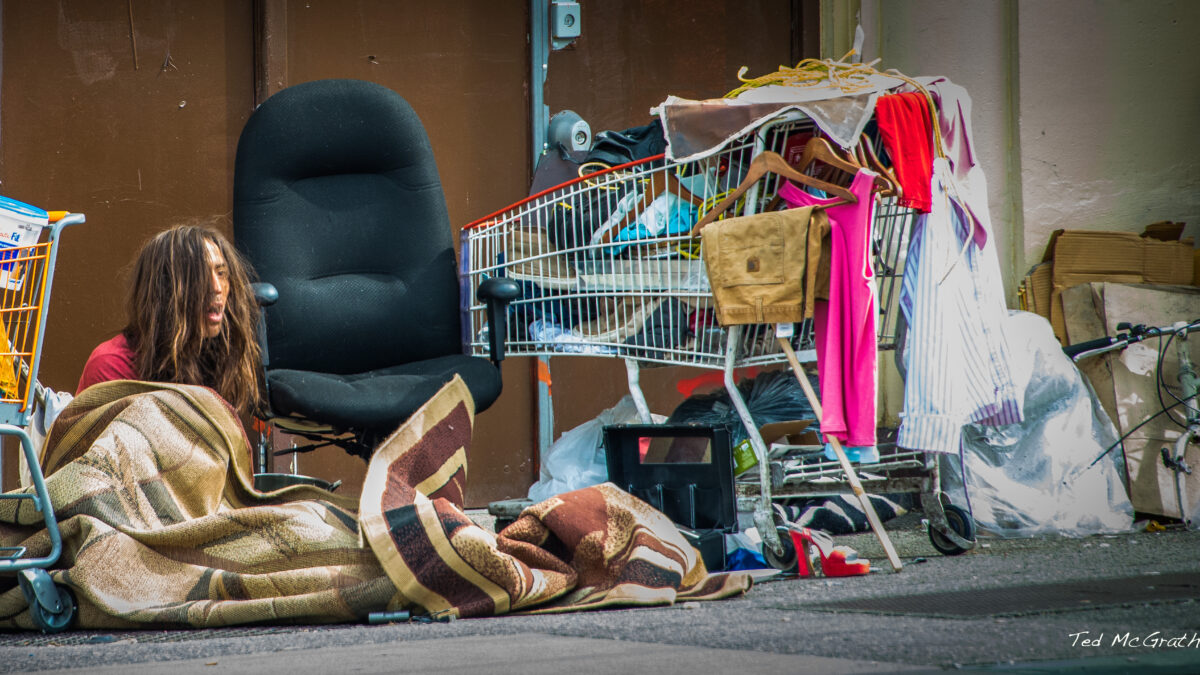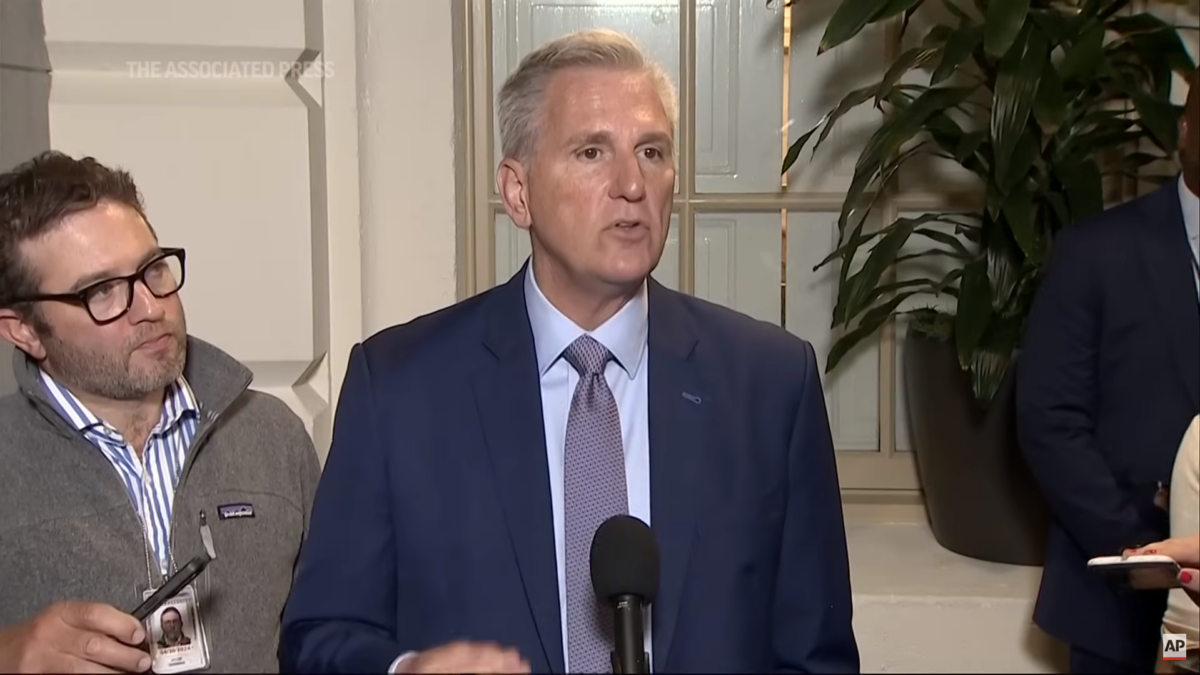$837,000. That’s how much one single unit to house one homeless person is costing taxpayers in Los Angeles.
The $837,000 units being built in L.A. are part of a $1.2 billion “Housing First” program to build “affordable” housing. But the city can’t build fast enough to keep up. Despite vast amounts of money and record-level housing placements, the city’s homeless population keeps growing. This sad situation is another indication that good money dedicated to bad policy not only goes to waste, it makes the problem worse.
Housing First is the philosophy that every unhoused person has a right to subsidized, permanent housing without any participation requirements such as treatment for or recovery from a severe mental illness or a substance use disorder. In contrast, a treatment-and-recovery approach would seek to shelter those suffering from homelessness while providing them the individualized treatment they need in order to one day maintain a home of their own.
Utah is in a similar situation to L.A. In recent years, Utah and specifically Salt Lake City were lauded by the media for dramatically reducing their chronically homeless population by implementing a Housing First policy.
But a 2021 state audit reveals that the city and the entire state continue to struggle with growing homelessness. “Although the state’s funding for homeless services has increased, the number of homeless individuals in Utah has also continued to grow,” reads the report. Unsheltered homelessness in Utah has tripled since 2016.
The audit reports that Salt Lake County needs $525 million to provide housing to people experiencing homelessness, and taxpayers’ costs will only grow since most people never move out of subsidized housing into more independent living: “Because few residents move on to more independent forms of housing, few new spaces are made available in the existing facilities.” The top reason the audit lists for residents not moving on is because they “choose not to address the mental illness or substance abuse issues that led them to homelessness.”
Here we get to the crux of the matter: Housing First fails because it does not address the typical root causes of homelessness – namely, severe mental illness and substance use disorders that go unaddressed. Money dedicated to Housing First initiatives is making an already bad problem worse.
$10 Million Goes to Waste in Seattle
A recent well-intentioned donation in Seattle makes for another tragic example of good money chasing bad.
Those who regularly work or walk through downtown Seattle are familiar with homelessness encampments blocking sidewalks and filling parks, and the sad sight of their inhabitants shooting up in broad daylight or muttering incoherently. That’s why a collaboration of good-hearted Seattle businessmen and philanthropists just announced a $10 million donation to combat chronic homelessness downtown. Their hope is to clean up downtown and house those suffering from homelessness.
But Seattle’s strict adherence to Housing First will ensure that the donation will worsen the situation and harm those suffering from a mental illness or drug addiction.
Like L.A. and Salt Lake City, Seattle is loyal to the idea that homelessness is first and foremost an economic issue, and that its solution is found in housing given away for free without any requirements to deal with any underlying issues that led to homelessness in the first place. But the vast majority of the chronically homeless population in downtown Seattle needs much more than an overpriced apartment.
According to Seattle’s 2020 point-in-time count, 73 percent of the chronically homeless population were suffering from a psychiatric or emotional condition such as schizophrenia or depression, and 64 percent were suffering from a substance use disorder. Despite this, only 7 percent of King County’s homelessness budget was spent on “access and supportive services” in 2017. More than half of the county’s $195 million budget went toward subsidized housing.
Sadly, in spite of massive budget increases in subsidies, the city’s homeless population grew 17 percent from 2015 to 2020. Nevertheless, Marc Dones, the CEO of the King County Regional Homelessness Authority who will be overseeing the spending of all King County homelessness efforts, insists that the main driver of homelessness is economic and that the city simply isn’t spending enough money.
“Our system does not have enough money. I’m not afraid to say it repeatedly,” he told KOMO News. Newly elected mayor Bruce Harrell said his administration will be holding fast to Housing First.
A Better Solution
Less money would go to waste if policymakers shifted to a treatment-and-recovery approach. Unfortunately, current federal policy prevents cities from exploring this option with federal funding. The good news is, many private agencies without government support are addressing the root causes of homelessness.
Agencies like the Helping Up Mission in Baltimore, Md., and the Orange County Rescue Mission in California are great examples. Helping Up, in partnership with John Hopkins University, provides a robust mix of targeted wrap-around services that has led to a 52.2 percent increase in mental health wellness. As mental health wellness has improved, employment readiness has also increased 77.1 percent, with an average starting wage for program participants of $17.88 in 2021.
The Orange County Rescue Mission’s substance use disease recovery program, which graduates around 50 people each year, has found that 85 percent of their graduates have maintained sobriety for at least two years past their graduations.
The Housing First approach is failing. Unsheltered homelessness has been a growing problem in cities across the nation, increasing by 20.5 percent nationwide between 2014 and 2019. Housing First fails the cities that have implemented it, and it fails surrounding cities when the homeless population moves into neighboring jurisdictions.
If policymakers want to be serious about truly alleviating the suffering of those experiencing homelessness and keeping their streets safe, they need to spend their money wisely on treatment-and-recovery approaches. Dones is wrong. More wisdom in policy-making is needed, not more money.









